If you’re a runner, you know that a proper post-run recovery routine is key to preventing injury and optimizing your performance. Massaging your calves after running is an effective way to reduce pain and stiffness, improve circulation, and speed your recovery time. In this article, we’ll discuss how to massage your calves to maximize your recovery after running. We’ll cover the best techniques, what kind of pressure to use, and how often to massage your calves.
Contents
Benefits of Massaging Calves After Running
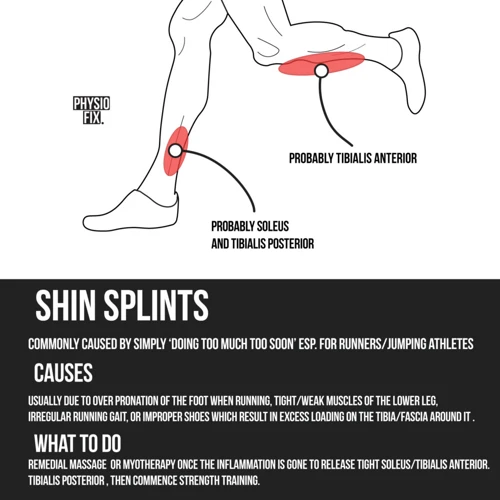
Massaging your calves after running can be beneficial in many ways. It helps to reduce muscle soreness, decrease fatigue, improve circulation, and promote recovery. With regular massage, you can improve your overall performance and reduce the risk of injury.
Reduce Muscle Soreness: Massaging your calves after running can help reduce muscle soreness and improve flexibility. The massage helps to relax the muscles and promote blood flow, which helps to reduce inflammation and discomfort.
Decrease Fatigue: Regular calf massage can help to reduce muscle fatigue and improve your overall running performance. The massage helps to loosen tight muscles, which can make it easier to run further and faster.
Improve Circulation: Massaging your calves can also help to improve circulation. This can help to reduce muscle tension and improve your overall running performance.
Promote Recovery: Massaging your calves after running can help to promote recovery. The massage helps to reduce inflammation, improve blood flow, and increase flexibility. This helps to reduce the risk of injury and improve your overall running performance.
Overall, massaging your calves after running can be beneficial in many ways. It can help to reduce muscle soreness, decrease fatigue, improve circulation, and promote recovery. By regularly massaging your calves after running, you can improve your overall performance and reduce the risk of injury.
Different Massage Techniques for Calves After Running
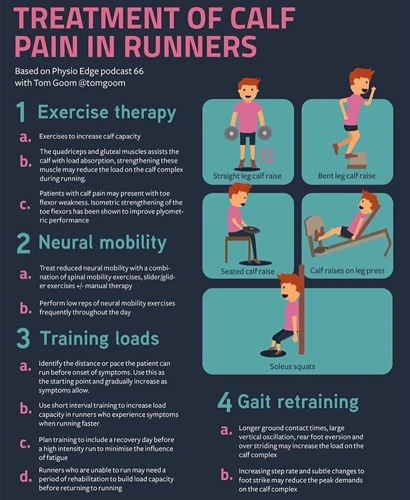
Classic Muscle Massage
Classic muscle massage is a simple and effective way to reduce pain and tension in the calf muscles after a long run. Start by applying gentle pressure with your thumbs or fingers in circular motions on the muscle. Increase the pressure gradually, focusing on any tight spots or knots. This can help to reduce cramps and improve circulation in the calf muscles.
Trigger Point Massage
Trigger point massage is a more targeted approach to massage the calf muscles after a run. It involves pressing into the muscle for a few seconds to release any knots or tight spots. This can help to reduce pain and tension in the calf muscles, and improve flexibility.
Swedish Massage
Swedish massage is a more relaxing form of massage for the calves after running. Begin by applying gentle pressure with your thumbs along the length of the muscle, using long, slow strokes. Increase the pressure gradually and focus on any areas of tightness. This type of massage can help to reduce tension in the calves and improve overall flexibility.
No matter what type of massage technique you opt for, it’s important to remember to be gentle and not to push too hard. For best results, it’s recommended to massage the calves after every run in order to help speed up the recovery process and improve overall performance.
Tips for Maximum Recovery After Running
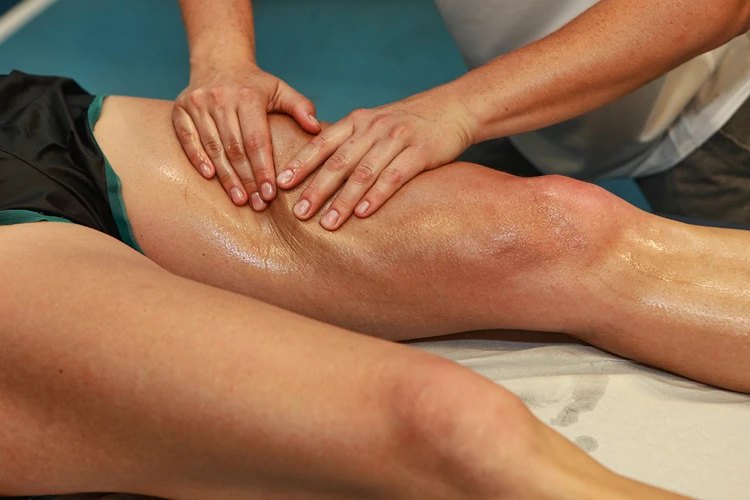
Use the Right Massage Technique
Effleurage: Begin by using light, long strokes to warm up the calves. Move your hands up and down the muscle fibers in the same direction, starting at the ankle and moving up the calf.
Apply the Right Amount of Pressure
Friction: Once the muscles are warmed up, apply more pressure with your palms and fingers to the calves. Move your hands in small circles, applying pressure in both directions.
Avoid Unnecessary Risks
Tapotement: Avoid using strong tapping motions, as this can cause further injury. If the calves are still tight, use soft tapping motions to release the tension.
Massage Supplies Needed for Calves After Running
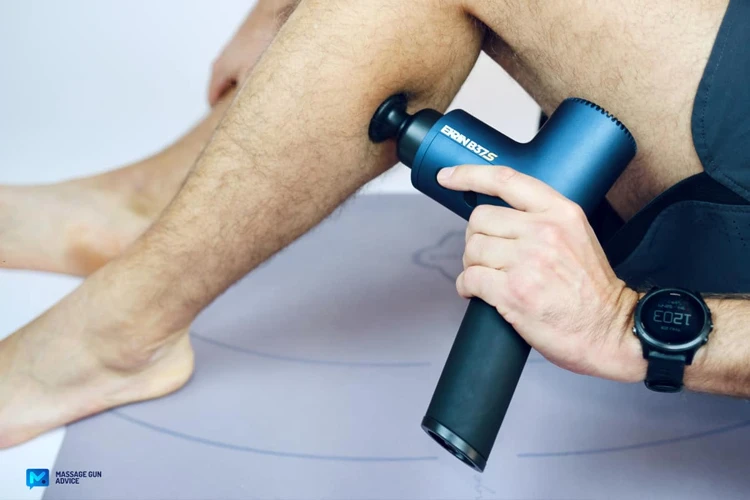
For a successful post-run massage session, you will need some basic massage supplies such as massage oil, lotion, or cream; massage tools such as foam rollers, massage balls, and massage sticks; and a massage mat or towel. Massage oil and lotion provide lubrication and help reduce friction between your skin and the massage tools. Massage tools such as foam rollers, massage balls, and massage sticks are used to target specific areas of the calves, break up knots, and stretch the muscles. Lastly, a massage mat or towel is used for comfort and to create a clean and hygienic surface for the massage.
Safety Tips for Massaging Calves After Running
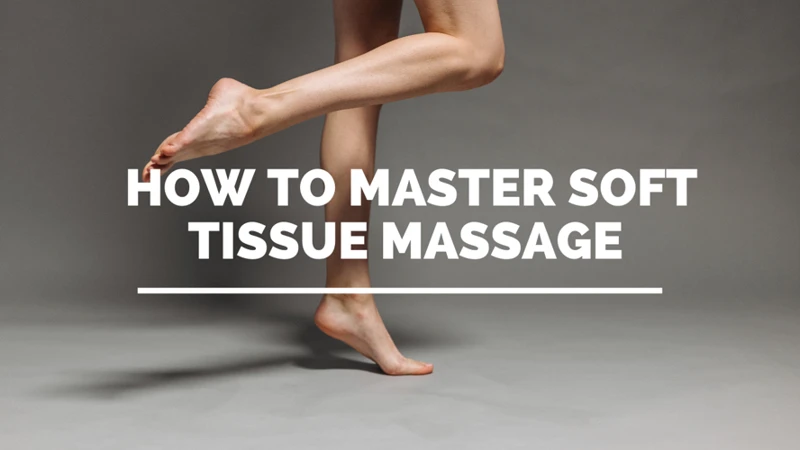
- Be gentle: When massaging your calves, use gentle and slow movements. Avoid using too much pressure as this can cause damage to the muscles.
- Avoid using heat: Heat can cause further damage to the muscles, so avoid using any hot or warm objects on the area.
- Do not massage too frequently: Massaging the calves too often can lead to overuse and further injury. Stick to a maximum of 2-3 times per week.
- Avoid massaging over a sore area: If you have any sore spots on your calves, avoid massaging over that area until it has healed.
- Be aware of any pain: If you experience any pain while massaging your calves, stop immediately and seek medical advice.
- Stay hydrated: Drinking plenty of water after your massage can help to reduce any soreness and improve recovery.
Tips for Self-Massage After Running
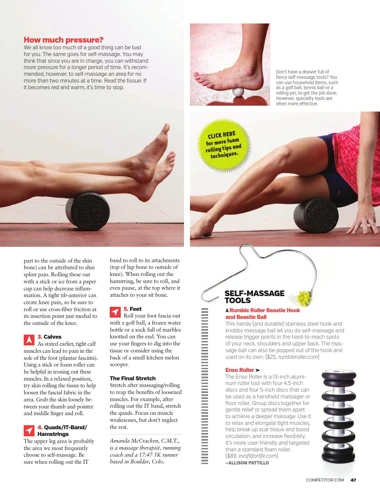
- Foam Rolling – Foam rolling is a great way to release tight muscles and knots. Roll the foam roller up and down the calf muscles for 30-60 seconds to release tightness.
- Massage Ball – Use a massage ball to target specific areas in the calf. Place the ball on the area and then roll it around in circles for 30-60 seconds.
- Stretching – After foam rolling and massaging, stretch the calf muscles. Hold the stretch for at least 30 seconds, and repeat at least 2 times.
- Ice – Use an ice pack or cold compress on the calves for 5-10 minutes after foam rolling and massaging to reduce inflammation and soreness.
Recovery Time After Massaging Calves After Running
- Immediate relief: Massaging the calves after a run gives immediate relief by releasing tension and improving circulation.
- Reduces fatigue: Massaging the calves can help reduce fatigue due to running, as it helps reduce lactic acid build-up in the muscles.
- Decreases recovery time: Massaging the calves can decrease recovery time, as it helps reduce soreness and stiffness in the muscles.
- Improves flexibility: Massaging the calves can help improve flexibility, as it helps to stretch and relax the muscles.
- Reduces cramps: Massaging the calves can help reduce cramps caused by running, as it helps to relax the muscles.
Frequently Asked Questions
How Often Should I Massage My Calves After Running?
- Immediately After Running: Immediately after running, it is beneficial to give your calves a light massage. This will help to increase circulation, reduce muscle tension and improve range of motion.
- Every 24 Hours: If you are experiencing soreness in your calves, it is recommended to massage your calves every 24 hours. This will help to reduce inflammation, relieve muscle tension and improve recovery.
- Before And After Training: Massaging your calves before and after training is also beneficial for reducing soreness and improving performance. This can help to improve blood flow, reduce fatigue and increase flexibility.
How can I tell if I’m doing the massage correctly?
If you feel a release of tension in the muscle, you are likely doing the massage correctly. You can also check for areas of tightness or tenderness to identify areas for further attention. Additionally, the massage should feel comfortable and not cause discomfort or pain. If it does, reduce the pressure or stop the massage and consult a professional.
What can I do to prevent muscle soreness in my calves after running?
- Warm Up: It is essential to warm up your muscles before running to get the blood flowing and your muscles ready for the workout.
- Stretch: Make sure to stretch your calves before and after running to keep them loose and reduce the risk of injury.
- Hydrate: Drinking plenty of fluids is essential to keep your muscles hydrated and help them recover faster.
- Choose the Right Shoes: Wearing the right shoes for your running style can help reduce the impact of running on your calves.
- Rest: Make sure to take enough rest days in between runs to give your calves time to recover and prevent soreness.
Is it better to massage my calves before or after running?
It is recommended to massage your calves after running, as this helps to reduce the risk of soreness and stiffness. Massaging after running can help to improve circulation and promote blood flow, which can reduce inflammation and speed up the recovery process. Massaging before running may not be beneficial, as it could potentially increase the risk of injury. Additionally, massaging before running may increase the risk of soreness and stiffness if done too vigorously.
What is the Best Type of Massage for My Calves After Running?
Sports massage is the best type of massage for post-run calf recovery. This type of massage combines traditional massage techniques with active and passive stretching, which helps to reduce tightness, increase flexibility, and improve range of motion. It can also help to reduce inflammation, muscle tension, and soreness in the calves. Additionally, sports massage helps to improve circulation, which can further aid in recovery.
Conclusion
Massage is an effective way to promote recovery after running. It can reduce muscle soreness, improve circulation, and help to maintain flexibility. Be sure to use proper technique, massage the entire calf area, use appropriate pressure, and change the massage intensity as needed. Following these tips can help to maximize the benefits of post-run calf massage.

